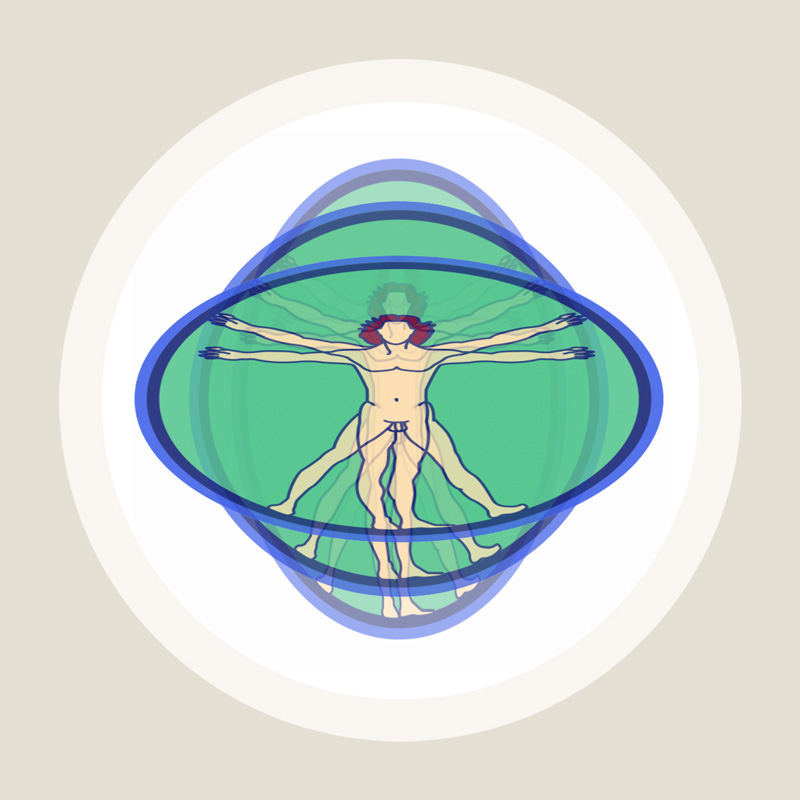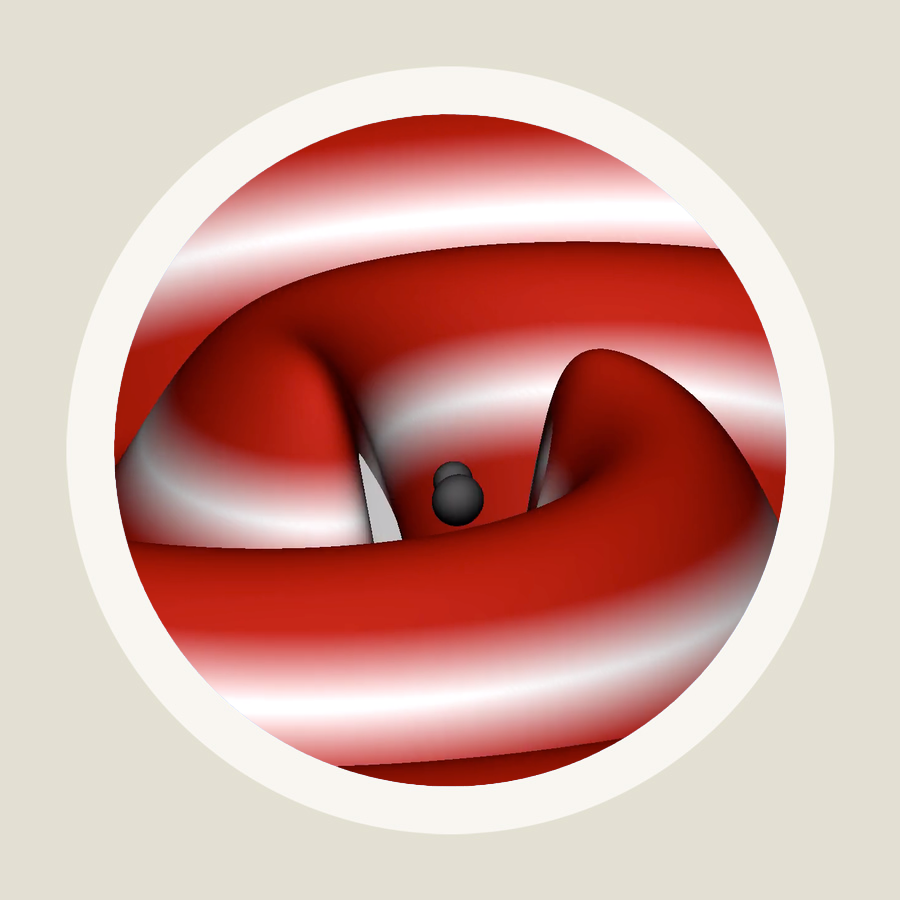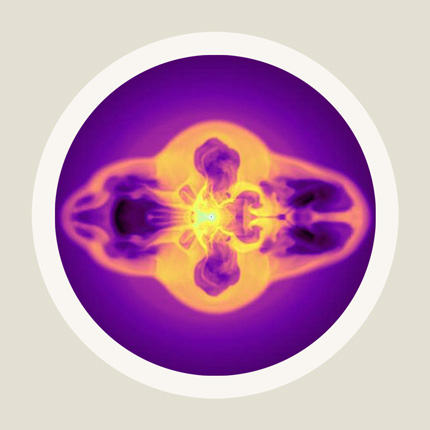With space and time not as rigid background structures, but as dynamical objects (changing as the world changes in and around them), general relativity predicts fundamentally new phenomena. One of the most fascinating is the existence of gravitational waves: small distortions of space-time geometry which propagate through space as waves!
Most readers will have encountered several wave phenomena in everyday life. Sound waves, for instance: a small region of air is compressed, and the fact that its inner pressure is a bit higher than that of neighbouring regions leads to its expansion. This expansion leads to compression nearby, and in this way, the slight surplus in pressure propagates further and further. Such pressure waves are produced when we talk: our vocal cords compress the air around them, sound travels as waves, and these waves are absorbed by our ears when we hear them. In Einstein’s case, the situation is somewhat different, but the basic principle is the same: a slight distortion in one region of space distorts nearby regions, and in the end, there is a moving distortion which speeds along at the highest possible speed (the speed of light). Such travelling distortions of space geometry are called gravitational waves.
Gravitational waves / Elementary tour part 1: The rhythm of geometry
Distortions of geometry: what does that mean? First of all, distances shrink and expand in a certain coordinated way. That’s the main mechanism by which gravitational waves act on the rest of the world: they rhythmically distort distances between freely falling objects. For the simplest case of a gravitational wave, the consequences are shown in […]
Gravitational waves / Elementary tour part 2: Making waves
In our universe, gravitational waves are produced in many different ways. Almost every occasion in which masses are accelerated leads to the generation of travelling space distortions, be it two heavenly bodies orbiting one another or stellar matter jettisoned into space in a gigantic explosion. Such extreme situations include two orbiting neutron stars, or a […]
Gravitational waves / Elementary tour part 3: Gravitational wave astronomy
Every single atom can radiate and absorb electromagnetic waves. The light reaching us from astronomical sources is a hodgepodge of little snippets of radiation, each snippet produced by one of the object’s myriads of atoms. That’s good news and bad news. The good news is that we can trace radiation snippets back to where they […]
Gravitational waves / Elementary tour part 4: Hunting for waves
The hunt for gravitational waves is one of the greatest adventures of modern physics. Worldwide, hundreds of scientists using cutting-edge technology are working toward a common goal: to detect gravitational waves, and in a second step, to open up the field of gravitational wave astronomy. For this, they’ve built two kinds of detectors. The so-called […]
Gravitational waves / Elementary Tour: Conclusion
Gravitational waves promise a glimpse into regions of our cosmos that are inaccessible to regular astronomical observation. In the past, whenever astronomers have opened a new window to the universe (for example, at the beginning of radio astronomy or X-ray astronomy), this has brought about new, and often unexpected, results for astrophysics. With gravitational waves, […]









